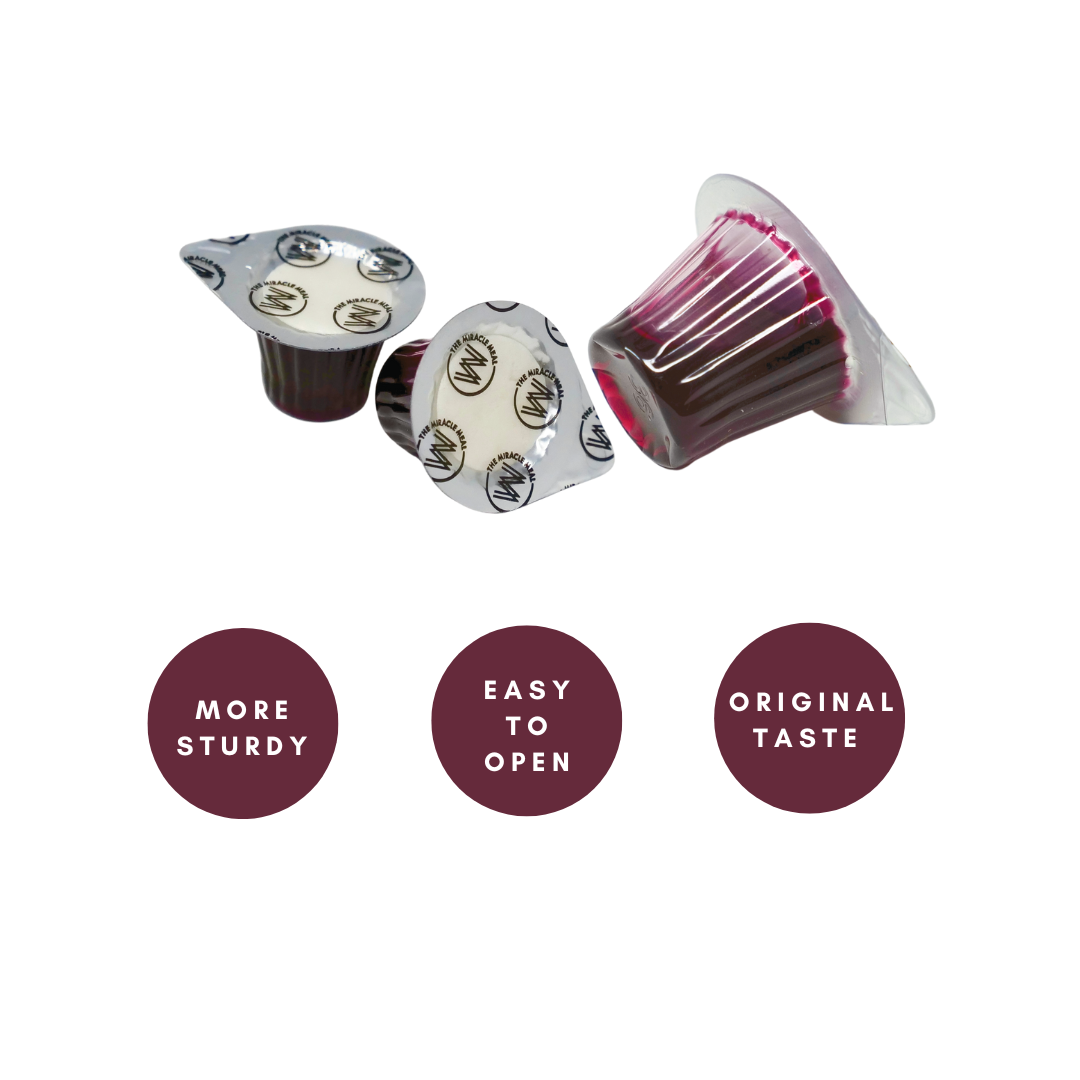How Long Do Communion Wafers Last?
Communion wafers are a central element in many Christian traditions, symbolizing the body of Christ during the sacred rite of the Eucharist. Whether you’re a clergy member, church volunteer, or congregant interested in the details of this holy sacrament, understanding the longevity of communion wafers is essential.
In this article, we’ll delve into the shelf life of communion wafers, factors that affect their freshness, proper storage methods, and how to recognize if they’ve expired. Read on to ensure that your communion elements remain fresh and suitable for your next service.
Understanding the Shelf Life of Communion Wafers
Communion wafers, also known as altar bread, are typically made from simple ingredients like wheat flour and water, resulting in an unleavened bread with significant religious symbolism. Due to their low moisture content and minimal ingredients, unopened communion wafers can have a relatively long shelf life.
On average, unopened packages of communion wafers can last anywhere from six months to a year when stored correctly. The typical lifespan of these wafers depends on factors such as the manufacturing process and packaging quality. Manufacturers usually include a “best by” or expiration date on the packaging, which serves as a guideline for optimal freshness and quality.
It’s important to adhere to these dates because, over time, the wafers can become stale or lose their intended texture and taste. While consuming wafers past their expiration date may not necessarily be harmful, it can detract from the solemnity and reverence of the communion experience.
Factors Affecting the Longevity of Communion Wafers
Several factors can influence how long communion wafers remain fresh. Exposure to air is a primary concern; once the packaging is opened, wafers can begin to absorb moisture or odors from the environment, leading to staleness or spoilage. This is why it’s crucial to keep them sealed until they’re needed for a service.
Environmental conditions such as temperature and humidity also play significant roles. High humidity levels can cause wafers to become soft or moldy, while excessive heat can lead to dryness and crumbling. Storing wafers in a cool, dry place helps maintain their intended texture and prolongs their usability.
The packaging material itself can affect the wafers’ shelf life. Wafers packaged in airtight, moisture-resistant materials tend to last longer than those in less protective packaging. Innovations like individually wrapped wafers or those included in pre-filled communion cups can offer extended freshness by minimizing exposure to external factors.
Proper Storage for Maximum Freshness
Ensuring that communion wafers last as long as possible largely depends on proper storage practices. Unopened packages should be kept in a cool, dry place away from direct sunlight and sources of heat like stoves or heating vents. A pantry or cabinet that maintains a consistent temperature is ideal.
Once a package is opened, it’s essential to minimize the wafers’ exposure to air and moisture. Transferring them to an airtight container can help preserve their freshness. If possible, use food-grade containers that don’t impart any odors or flavors to the wafers.
For those looking to simplify storage and extend shelf life, considering pre-packaged options like pre-filled communion cups with wafers might be beneficial. These products are designed to keep each wafer individually sealed until the moment of use, significantly reducing the risk of contamination or spoilage and answering the question of how long you can keep communion wafers with greater confidence.
Signs That a Communion Wafer Has Expired
Before using communion wafers, it’s prudent to check for signs that they may have expired, ensuring the elements used in your service are of the highest quality. One of the first indicators is a change in texture; expired wafers may become either excessively brittle or unusually soft.
Visual inspection can reveal signs of mold or discoloration, which are clear indicators that the wafers should not be used. Additionally, an off-putting or stale odor is a strong sign that the wafers have surpassed their usable lifespan.
Taste is another factor, though it’s not always feasible or appropriate to taste test communion wafers before a service. If you do sample a wafer and notice a stale or unusual flavor, it’s best to err on the side of caution and dispose of the batch.
Conclusion
Understanding the shelf life of communion wafers is essential for maintaining the sanctity and smooth operation of communion services. By being mindful of the factors that affect their longevity—such as proper storage, environmental conditions, and packaging—you can ensure that your wafers remain fresh and suitable for use. Regularly checking for signs of expiration will help uphold the reverence of the Eucharist and provide a meaningful experience for all participants.
At The Miracle Meal, we offer pre-filled, pre-packaged communion cups with wafers that have a shelf life of one year, eliminating the need for preparation and ensuring freshness. Our cups are silent and easy to open, featuring a top film that reveals the wafer and a middle foil seal that reveals the juice. Plus, the recyclable plastic cups make for an eco-friendly choice. Visit our online store to explore our communion solutions and let us support you in making your next service seamless and meaningful.



